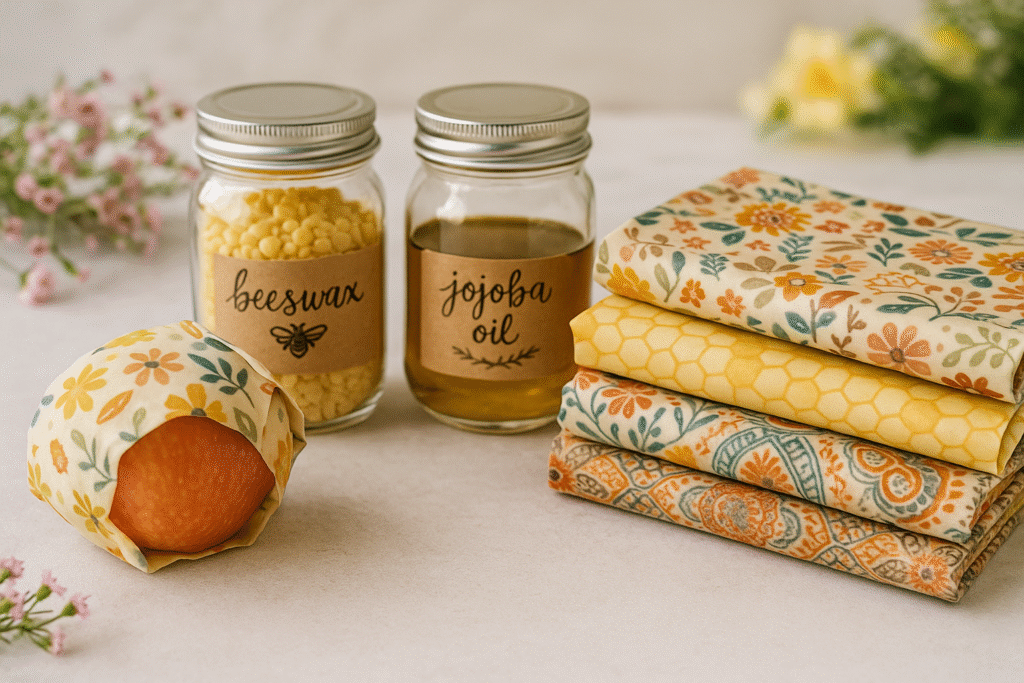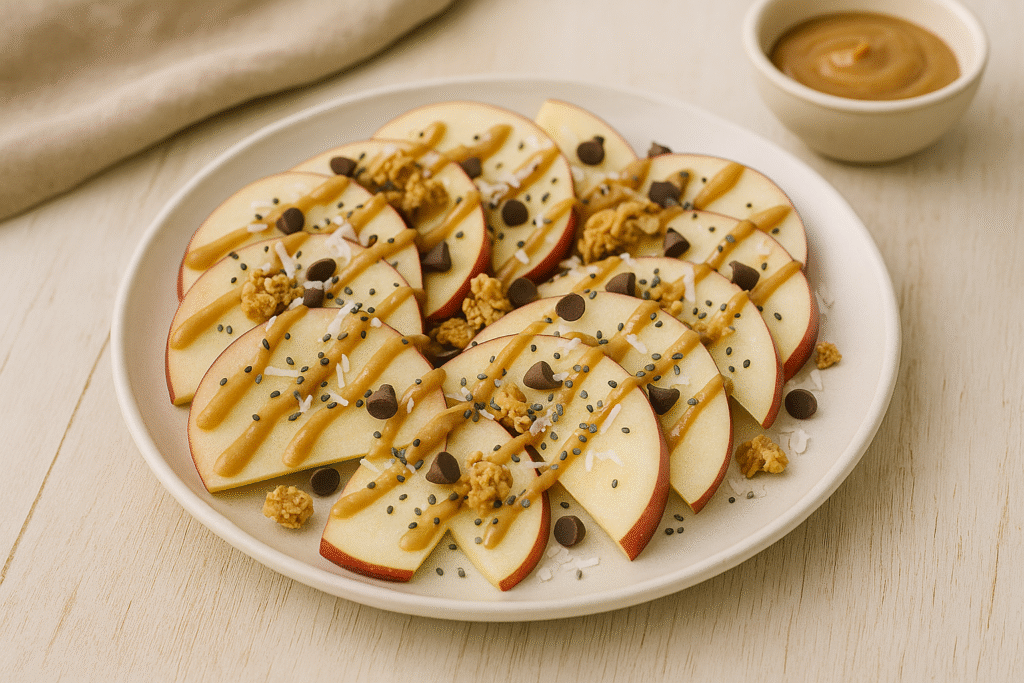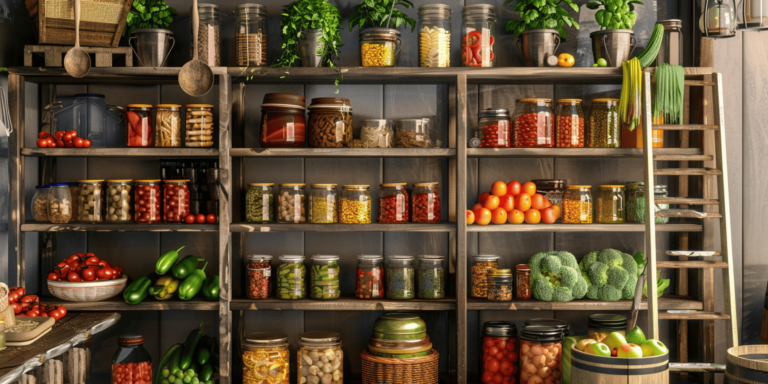Chicken Coops
Most homesteaders will tell you that chickens are the gateway animal. It’s true. Most people start with chickens because they are relatively easy and a great way to introduce yourself to raising animals. They give you a ton of food with just their egg production. Plus, you don’t need a lot of space for chickens. They don’t need a pasture, so they can be kept in a relatively small area, especially compared to even small livestock. This is where a chicken coop will come in handy.
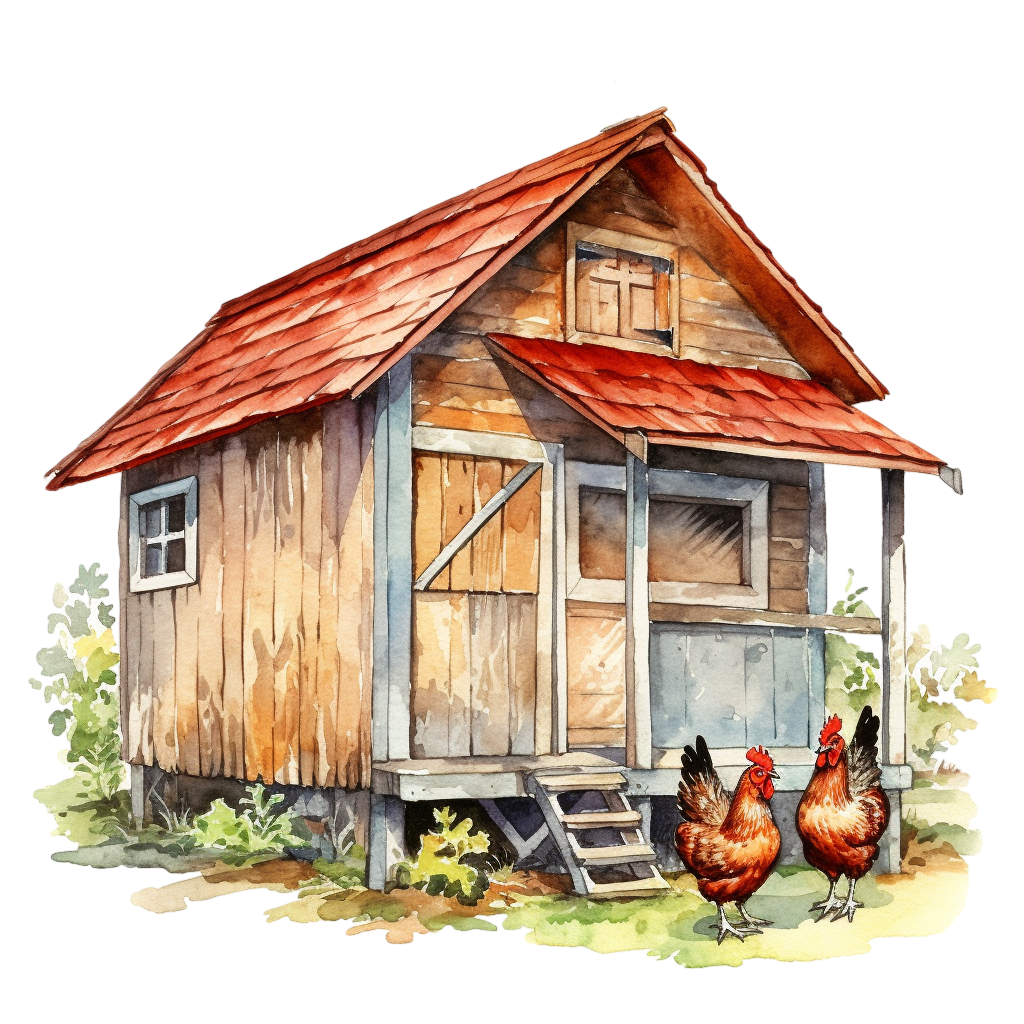
Chicken Coop Size
The first step when deciding what chicken coop to build or buy is to decide how many chickens you would like. Then, take that number and multiply it by 10. Okay, maybe not 10, but you should plan for at least three times what you initially think you might want. I’m serious.
We all go into owning chickens thinking we want maybe three or four chickens. Just enough to feed our small family. Then, we find out how fun and rewarding it is to raise chickens and we inevitably get more.
Not only are there the chickens we plan to own, but there are always people who need a place for a hen or two to go. If you have room for an extra chicken or two, you can really increase your egg production and have plenty on hand for the colder months when they don’t lay.
Did you know that you don’t need to refrigerate your fresh eggs? That’s right, fresh eggs that have NOT been washed do not require refrigeration. That’s how our great grandparents always had fresh eggs. The trick is to not wash the eggs. They all have a protective coating on them that preserves what’s inside (that’s how chicks can grow). If you do end up washing your eggs, just be sure to refrigerate them.
There’s another method for preserving eggs long term (up to 2 years), but I’ll talk about that a little later in a food preservation section.
Chicken Coop Design
Amazon has a ton of great chicken coops to choose from. I like the ones that include a run, so the chickens have a safe place to roam. Before I had a very large flock, I had a coop like this one. It provided enough room for my chickens to run around a bit, but it didn’t take up too much space. Something like this coop would easily fit on a narrow side yard in tract housing (that’s what I used to do).
If you build your own coop or choose one that doesn’t have a run, you’ll need to build an area for the chickens to explore. Chickens will easily destroy every plant they come in contact with within a matter of minutes. You don’t want to let them loose in your garden unless you need them to level it completely. Some people will let their chickens loose in the garden at the end of the season to help with the cleanup. Regardless of how often you let your chickens out, they need to have a decent sized run. This is their main living area and they’ll need as much room as you’re willing to give them.
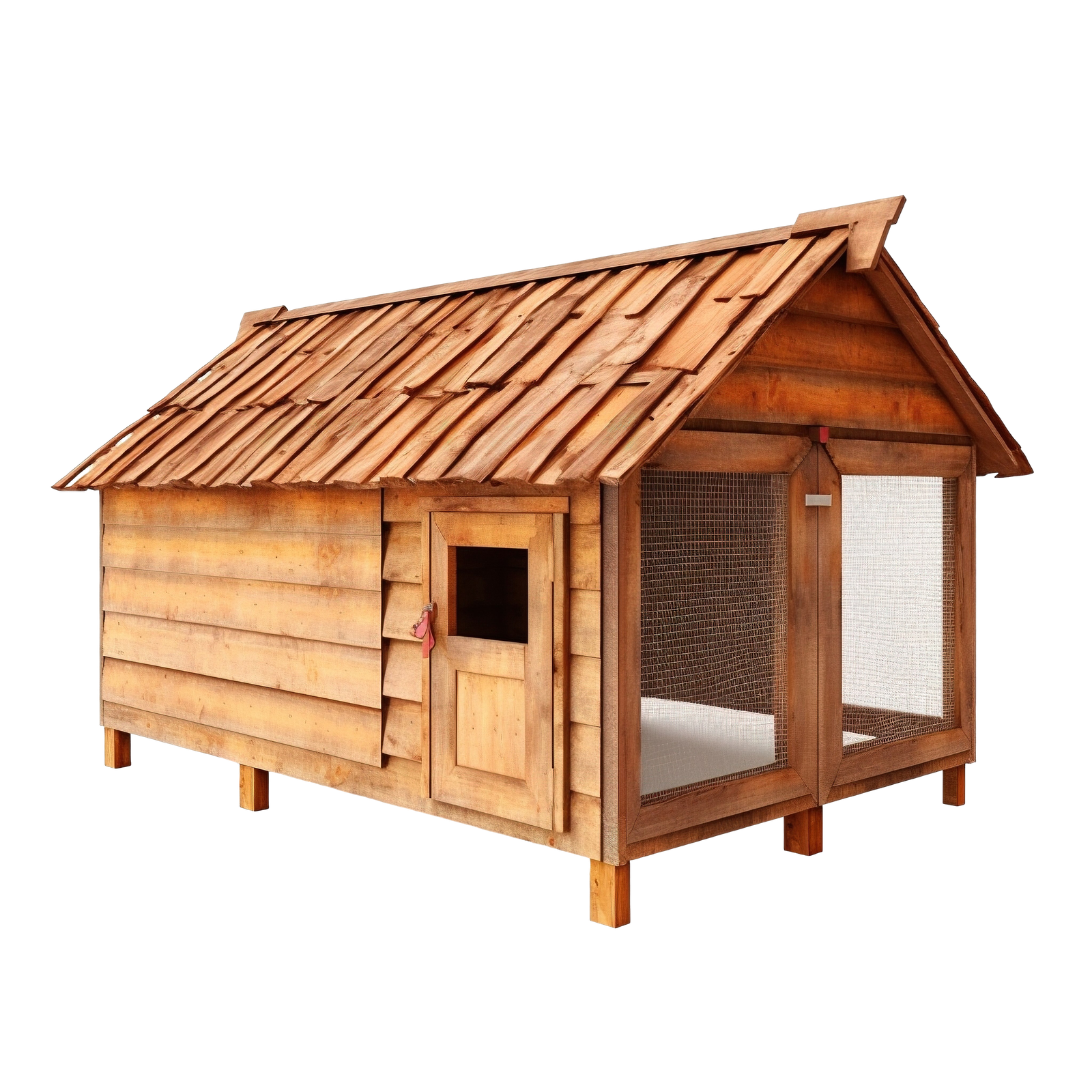
Nesting Boxes
As far as nesting boxes go (the place where they lay eggs), no matter how many chickens you have, you will likely only need one or two. Most days, I will see three of my chicken crammed into one nesting box, even though there are five empty ones right next to it. They like to lay in the same box as everyone else, so you really don’t need many. Usually just one nesting box will do.
I have used the prebuilt chicken coops in the past and I love that the nesting boxes are built right in. It makes it super easy. If you’re building your own coop, you have a few options for nesting boxes. The first option is to fully build your own. You can really make whatever you want.
Another option is to purchase pre-built nesting boxes on Amazon or from your local feed store. I like to shop local to help support local businesses, so I try to do that whenever possible. Most, if not all, of your local feed stores will have some sort of nesting box for sale.
Finally, you can get creative with your nesting boxes. Chickens aren’t picky about what they lay in and you can use just about anything they’ll fit in. A while ago, I purchased a pre-built nesting box for my growing flock. I thought I would give them another option, rather than what I had been using. My coop is not a traditional coop and my chickens lay in an old dresser that makes it look super rustic chic. At first, the chickens would lay in the old dresser drawers (I removed the front so they drawers only had three sides). But they broke the drawers over time, so I needed something else. I had a few plastic dishwashing bins from the dollar store that fit perfectly. So I threw a couple of those in, added some fresh pine shavings and they chickens loved it! So now, that’s what I use in my coop. Cheap, dollar store bins for the win!
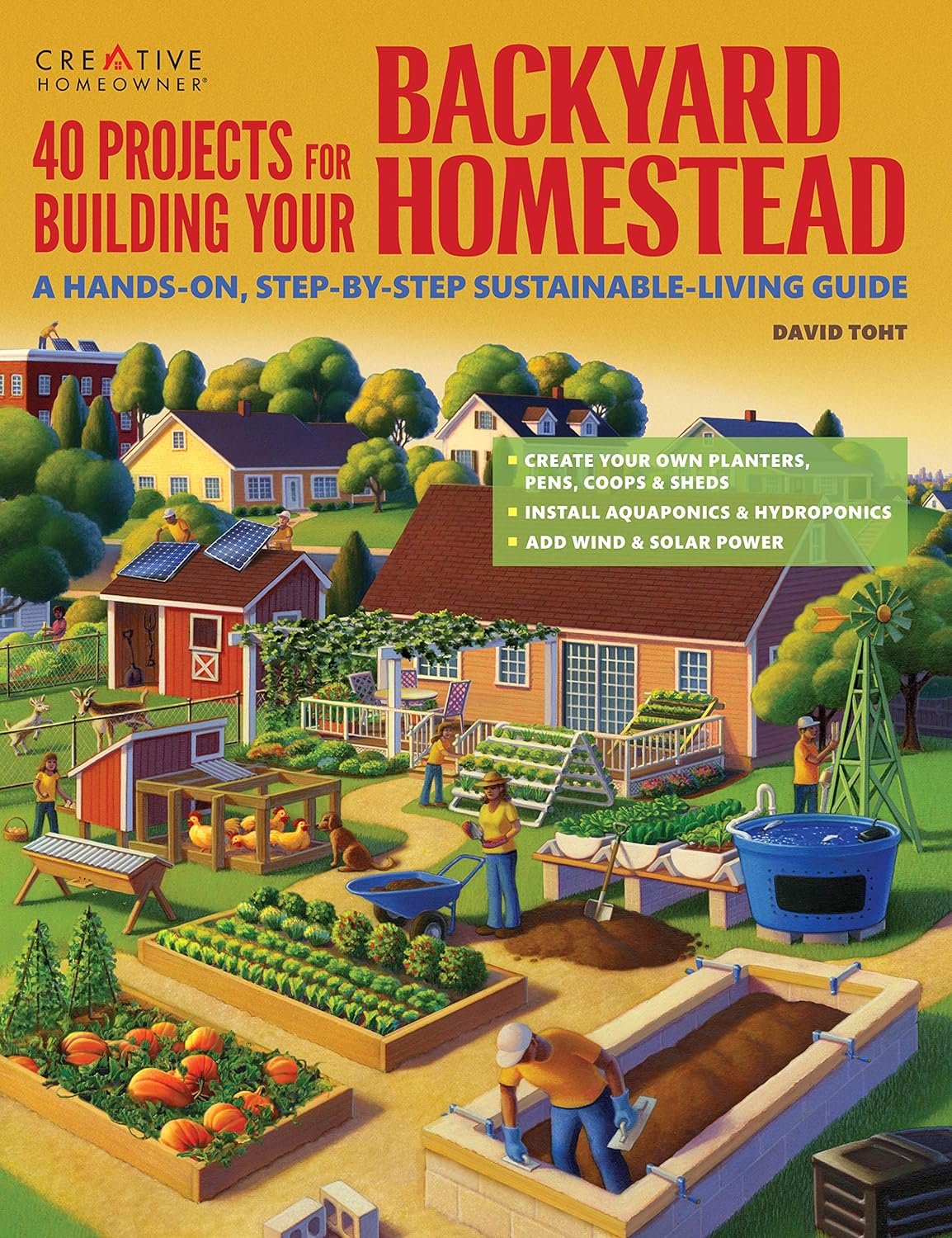
Chicken Tractor
Chicken tractors are great for when you have a large area for your chickens to explore, but you don’t want to let them roam free. Predators are looking for easy prey all the time and chickens are extremely easy prey. It’s a good idea to protect your chickens at all times. Not only will critters on the ground want a tasty chicken, but birds like hawks will swoop in and take your chickens at the first chance they see.
Chicken tractors are basically small chicken runs on wheels that you can move where you would like. Sometimes they have coop features like a nesting box. Others are just a run or cage. 40 Projects For Building Your Backyard Homestead has plans to build your own chicken tractor (among other useful items) and they have step-by-step instructions with cut lists and everything else you would need to build your chicken coop or chicken tractor.
Brooding/Chick House
Having a special area for chicks is completely optional, but I highly recommend it. If you want to raise chicks and you’re lucky enough to have a broody hen, you don’t need anything special. The momma hen will do everything for you, including protecting the chicks from the rest of the flock.
But if you want to raise chicks and you don’t have a broody hen, you’ll need a place to keep the chicks safe while they grow up. Chickens can be brutal and they will kill any chick that is not their own. Unless a hen is broody and her instincts are telling her protect the chicks, she’ll kill them all. Because of this, but sure to keep your chicks separated from the rest of the flock until they are about 20 weeks old.
Your chick area should include fresh water, chick starter feed (not layer feed), a brooding plate (which mimics the warmth of the momma hen) and very secure fencing. The chicks are even easier prey than the hens, so they need a little extra protection.
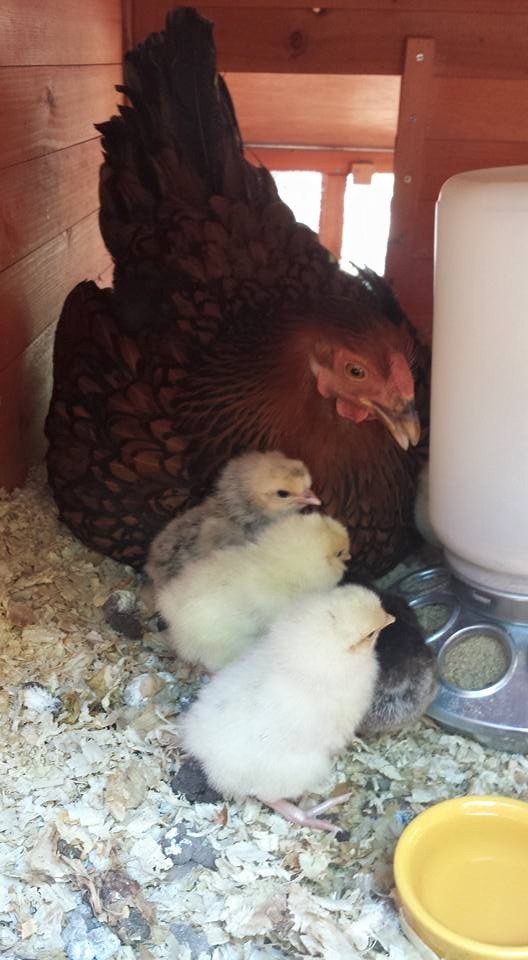
Food Storage
The final thing to consider when building your chicken coop is where you plant to store the food. Mice and rats love chicken food just as much as your chickens do. It’s not a good idea to store your feed in the bags that it comes in. Critters can easily break into the bags and contaminate everything. I recommend using metal cans with lids. Don’t use plastic cans as rodents can easily chew through the plastic.
For my chicken treats like black oil sunflower seeds and cracked corn, I store them in smaller metal buckets with locking lids like these. For the general chicken feed, I use the larger 13-gallon one because it holds two 50-pound bags of feed. I bought mine at my local feed store, but I’ve included the Amazon links, in case that works better for you.
Don’t try to cut corners on this part. It’s not worth it. Racoons are notorious for getting into things and rats and mice can get places you never imagined. In the end, you’ll need to get the metal cans anyway, so save yourself some money and a lot of trouble by just getting the metal cans to begin with.
